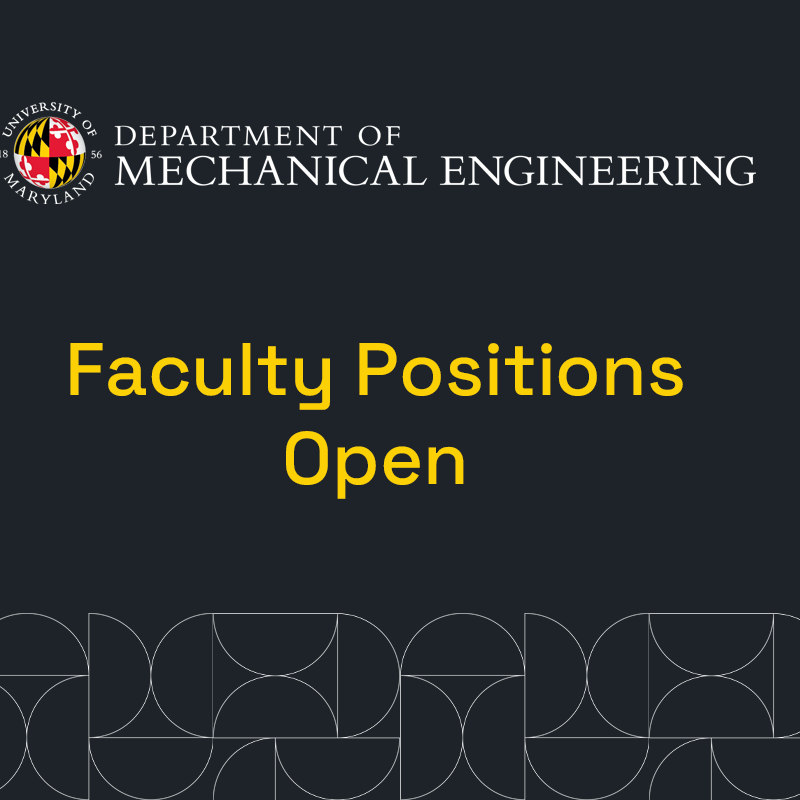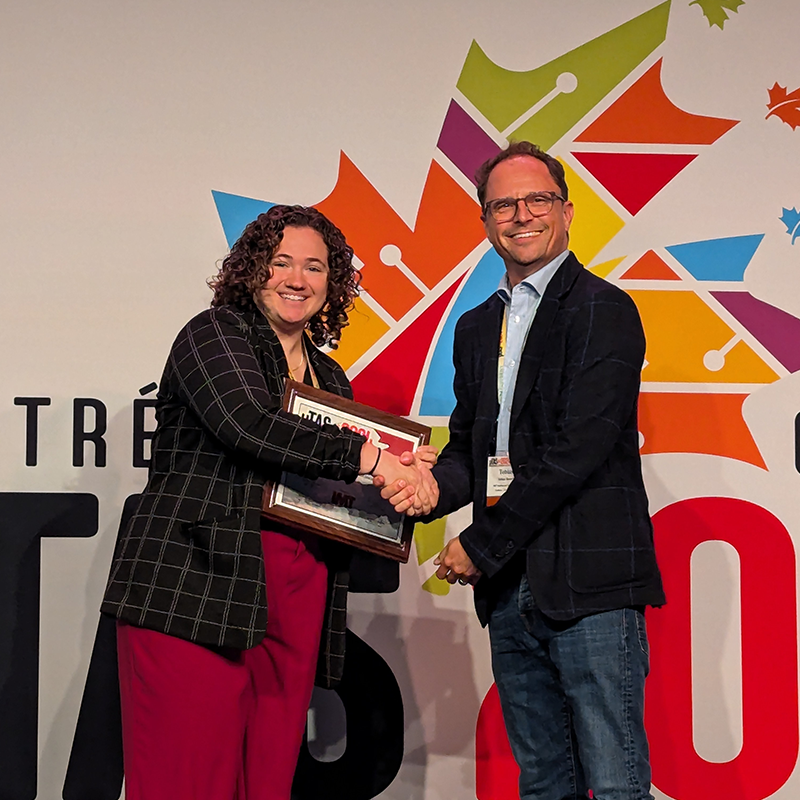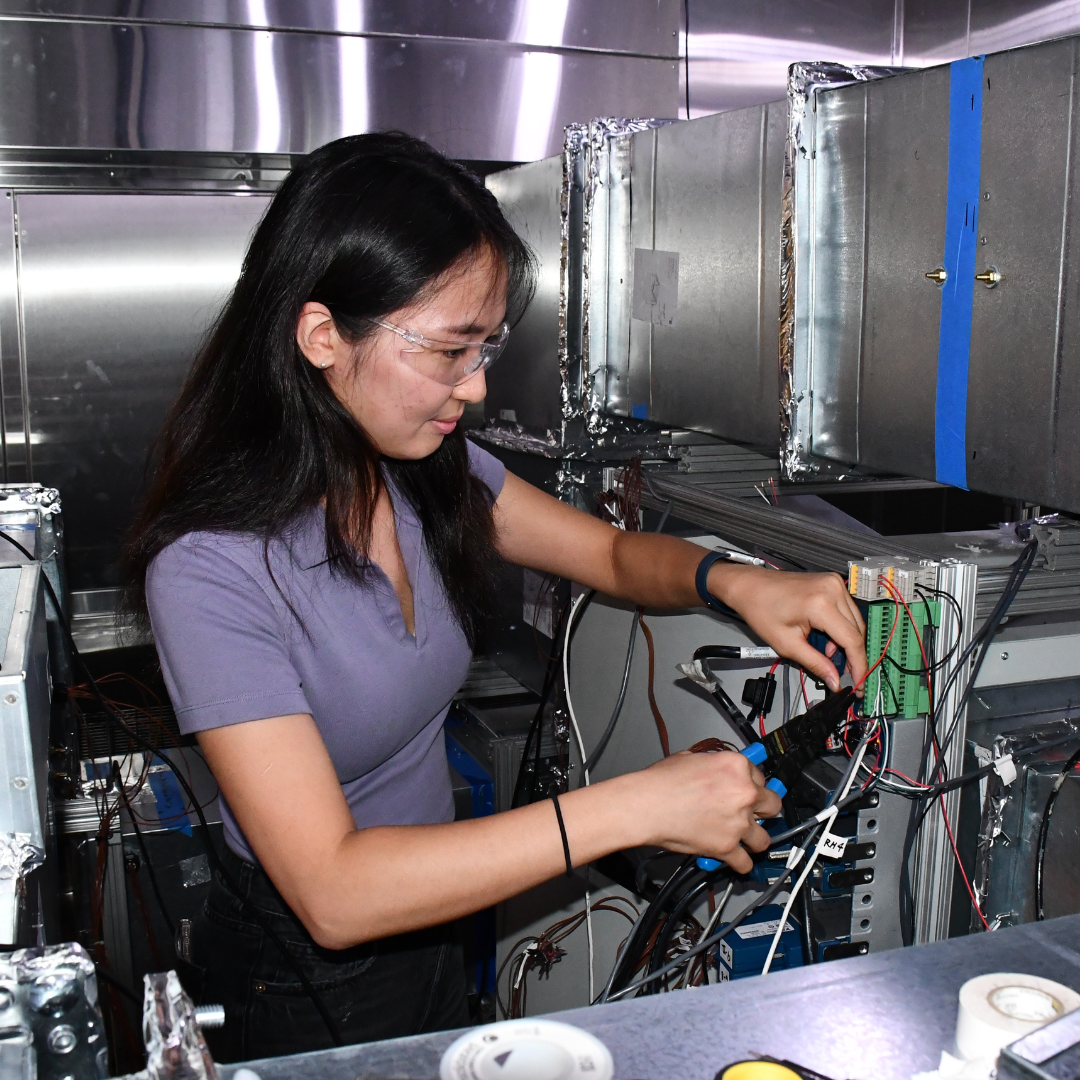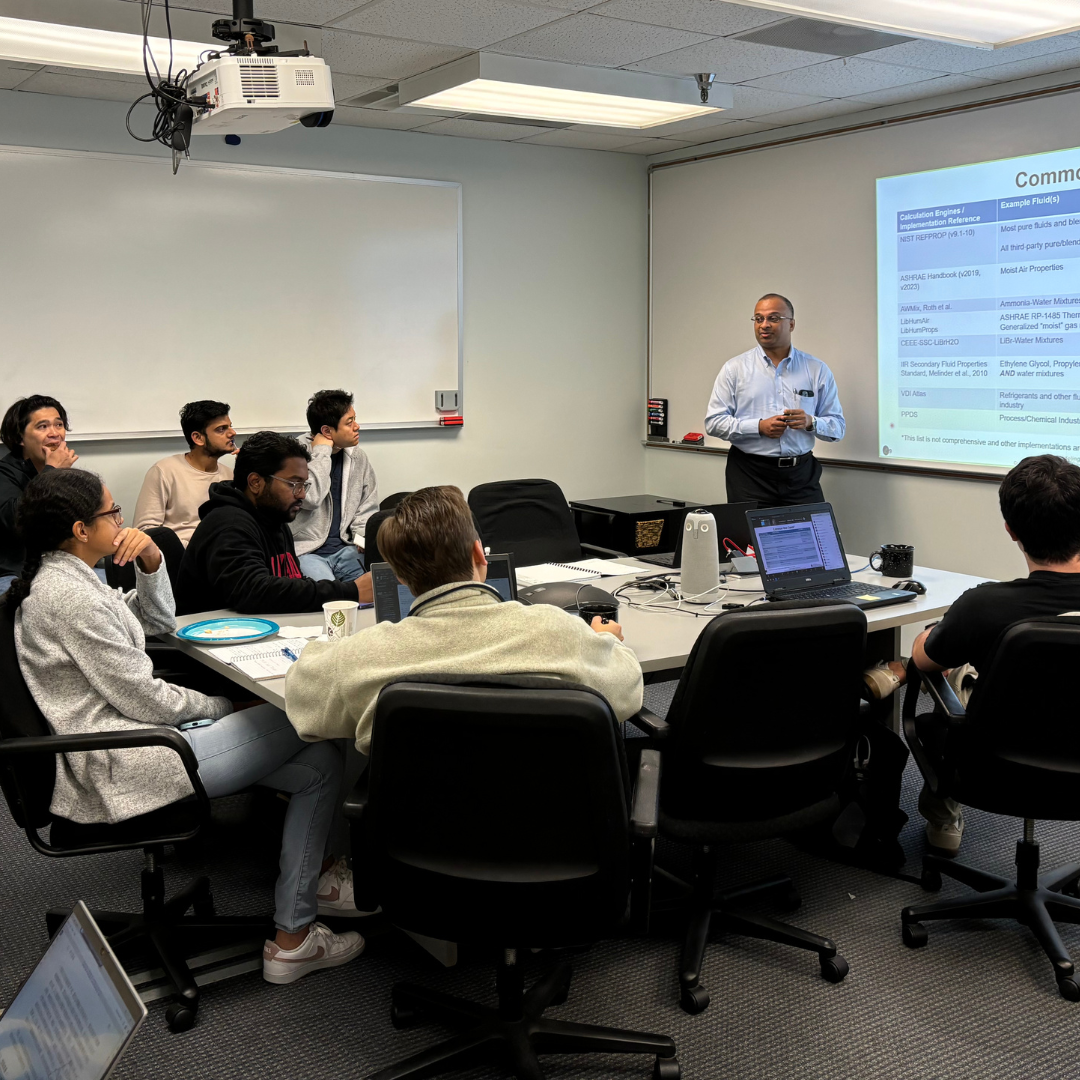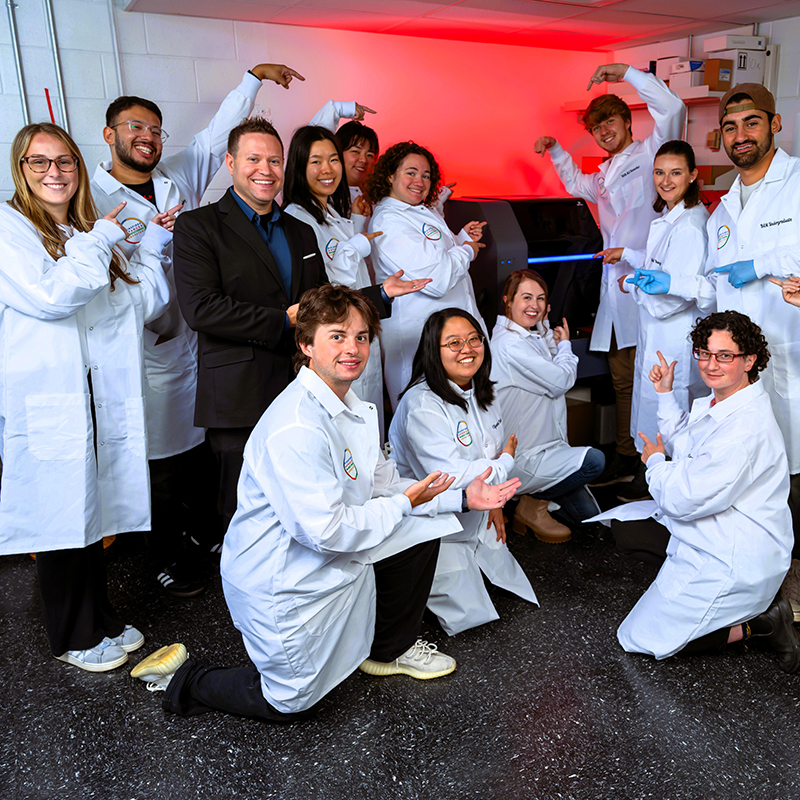News Story
Avanced "Combined Heat and Power" System Demo and Dedication at the University of Maryland
College Park , MD. – The Center for Environmental Energy Engineering (CEEE) at the University of Maryland demonstrated an advanced combined heat and power (CHP) system on September 9, 2004. This system simultaneously generates power and cooling for commercial buildings and substantially increases the energy efficiency of these buildings. This demonstration is supported by DTE Energy Technologies, Inc. and Kathabar Systems, the manufacturers of the equipment. Substantial funding for the CEEE CHP program is provided by the Office of Distributed Energy of the U.S. Department of Energy through a contract administered by Oak Ridge National Laboratory.
A dedication ceremony and reception was held on Thursday, September 9, from 5-6 p.m. at the Chesapeake Building on the University of Maryland campus. Dr. Avram Bar-Cohen , Chair, Mechanical Engineering, Pat Hoffman, Distributed Energy Program Manager, DOE, Dr. Mike Faubert, Vice President, DTE Energy Technologies and Bill Szabo, Regional Vice President, Sales, Kathabar Systems were the featured speakers.
The CEEE assembled and tested a series of CHP systems at the Integration Test Center. The latest system was one of the first demonstrations to show that liquid desiccant systems are reliable and practical for commercial buildings. This system combines a 75 kilowatt (kW) energy|now® generator produced by DTE Energy Technologies with a KBERS liquid desiccant unit produced by Kathabar Systems. The electricity produced by the energy|now unit displaces utility purchases and heat recovered from its exhaust is used to power the dehumidification system. The Kathabar desiccant unit dehumidifies the ventilation makeup air that is supplied to the building, which substantially reduces the load on the existing air conditioning system.
The demonstration CHP system is designed to address an air conditioning load that is problematic in many commercial buildings – namely dehumidification. Inadequate dehumidification can lead to mold and mildew damage, indoor air quality problems, and uncomfortable conditions. Using a liquid desiccant unit reduces the size and cost of the conventional air-conditioning equipment, improves indoor air quality, provides better control of humidity and temperature and lowers emissions. Using waste heat recovered from the generator to power the desiccant system reduces the amount of electricity that must be purchased to power the conventional air-conditioning system.
Combined heat and power systems such as this demonstration unit are one of the best ways available to address the energy price and supply problems we face today. Conventional utility power plants throw away about two-thirds of the energy in the fuel they burn. Generating power in a CHP system located near the point of use enables the recycling of heat that otherwise would be wasted. This reduces operating costs, lowers air pollutant emissions and increased energy supply reliability.
The CEEE test program supports further improvement in the cost and reliability of packaged CHP systems to help accelerate use of this valuable technology.
The 75 kW generator that DTE Energy Technologies has provided for this demonstration is packaged with an integrated heat recovery system. The unit features a low emission, low cost automotive natural gas fired engine that is ideally suited for waste heat utilization applications. The ENI unit offers a pre-engineered “packaged” design, which reduces up-front engineering, site design and installation costs. It has the capability to support base load or peak operation and it can be sized to serve part or full load requirements. In addition, the unit can provide full power in the event of utility outages.
The Kathabar unit is a 4000 CFM liquid desiccant air cooling and dehumidification system. In this unit, a liquid desiccant solution absorbs humidity out of the ventilation air being supplied to the building and cools that air. The moisture that is absorbed by the solution is then driven out using the heat recovered from the DTE energy|now generator. Pre-conditioning the building ventilation air with the Kathabar unit reduces the refrigeration cooling load of the building about 25 percent.
Published September 15, 2004
